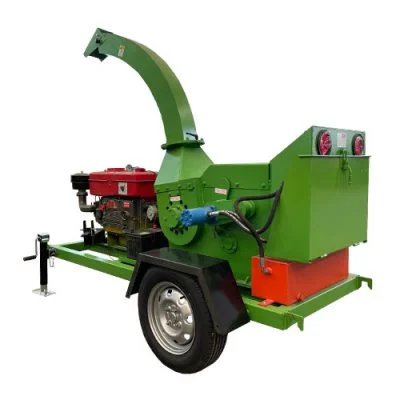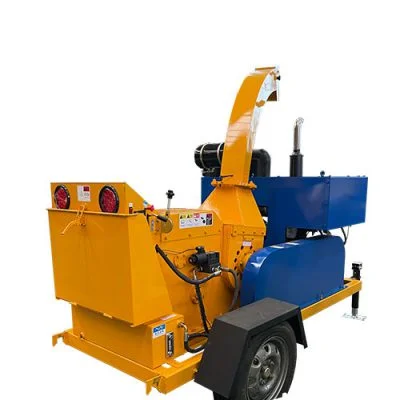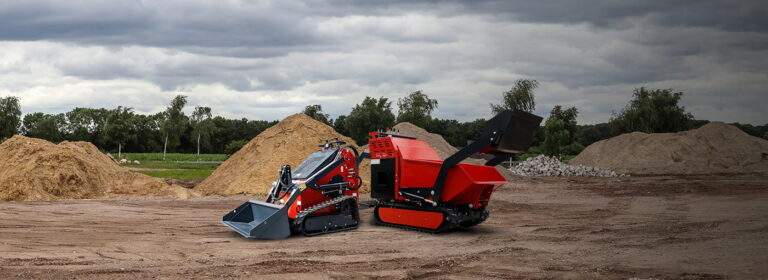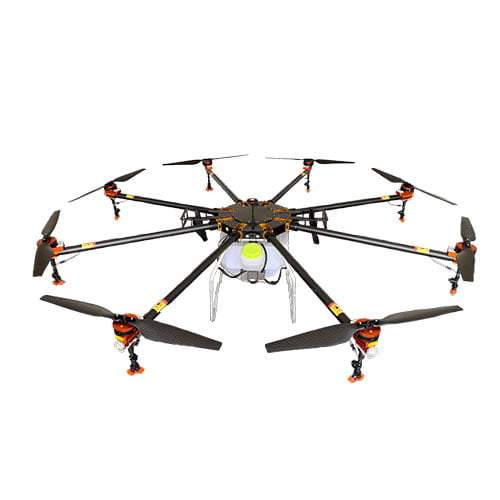Benefits of Investing in a Small Wood Chipper for Your Garden
Introduction

Investing in a small wood chipper can revolutionize how you manage your garden. Whether you’re dealing with fallen branches, pruning debris, or simply aiming to enrich your soil, a small wood chipper offers a versatile solution. This blog explores the myriad benefits of integrating a small wood chipper into your gardening routine, highlighting its efficiency, cost-effectiveness, and environmental impact.
Benefits of a Small Wood Chipper
Efficient Waste Management
One of the primary advantages of owning a small wood chipper is its ability to transform bulky garden waste into valuable mulch or compost material. Instead of disposing of branches, twigs, and leaves in bins or burn piles, you can feed them into the chipper and create nutrient-rich wood chips. This process not only reduces waste volume but also promotes sustainable gardening practices by recycling organic matter back into your garden ecosystem.
Mulching for Soil Health
The wood chips produced by a little wood chipper serve as excellent mulch. Mulching has numerous benefits for soil health: it conserves moisture by reducing evaporation, suppresses weed growth by blocking sunlight, and moderates soil temperature fluctuations. Over time, as the wood chips decompose, they enhance soil fertility and structure, promoting healthier plant growth and root development.
Cost Savings
While the initial investment in a small wood chipper may seem significant, it can lead to substantial long-term savings. By producing your own mulch and compost from garden waste, you eliminate the need to purchase these materials from garden centers. Moreover, you reduce disposal costs associated with hauling bulky garden debris, making the chipper a cost-effective solution for managing your garden’s organic waste.
Versatility and Ease of Use
Modern small wood chippers are designed with user-friendly features, making them accessible to gardeners of all skill levels. These machines are capable of processing a wide range of materials, from small twigs to thicker branches up to a specified diameter. Some models offer convenient features like self-feeding mechanisms or adjustable settings, allowing you to customize the chip size according to your gardening needs.
Environmental Benefits
Using a small wood chipper contributes to environmental conservation in several ways. By recycling garden waste into mulch or compost, you reduce the demand for chemical fertilizers and minimize greenhouse gas emissions associated with transporting organic materials to landfills. Additionally, mulching with wood chips improves soil health and biodiversity, creating a more resilient garden ecosystem.
Case Studies: Real-Life Applications
To illustrate the practical benefits of small wood chippers, let’s examine a few case studies:
Case Study : Community Garden In a community garden setting, volunteers used a little wood chipper to manage seasonal pruning waste more effectively. By producing mulch onsite, they reduced maintenance costs and enhanced soil fertility, resulting in healthier plant growth and increased community engagement.
Case Study : Residential Garden A homeowner integrated a small wood chipper into their garden maintenance routine to process fallen branches and tree trimmings. By recycling garden debris into mulch, they achieved a cleaner and more aesthetically pleasing landscape while reducing their environmental footprint.
Types of Materials Processed by Small Wood Chippers

| Material Type | Description |
|---|---|
| Small Branches | Twigs and small branches up to 2 inches in diameter |
| Garden Debris | Leaves, shrub clippings, and plant trimmings |
| Wood Scraps | Small pieces of lumber and wood offcuts |
| Hedge Trimmings | Trimmed branches and hedge clippings |
| Bark and Pine Cones | Pine bark and cones that can be chipped for mulch |
Conclusion
Investing in a small wood chipper for your garden is a practical and environmentally responsible decision. It empowers you to manage garden waste efficiently, enhance soil health through mulching, and achieve cost savings over time. By understanding the versatile capabilities of small wood chippers and their positive impact on garden sustainability, you can make an informed choice that aligns with your gardening goals and contributes to a greener future.
FAQ
Q: What size branches can a small wood chipper handle?
A:Small wood chippers typically accommodate branches up to 3 inches in diameter, although this may vary depending on the model and manufacturer specifications.
Q: Is it safe to use a wood chipper?
A:When operated according to manufacturer guidelines and safety instructions, wood chippers are generally safe. It’s essential to wear appropriate safety gear, such as goggles and gloves, and avoid wearing loose clothing or jewelry while operating the machine.
Q: How noisy are small wood chippers?
A:Modern small wood chippers are designed to minimize noise levels, but they can still produce significant sound during operation. It’s advisable to check product specifications for noise ratings and consider using ear protection if working with the chipper for extended periods.



